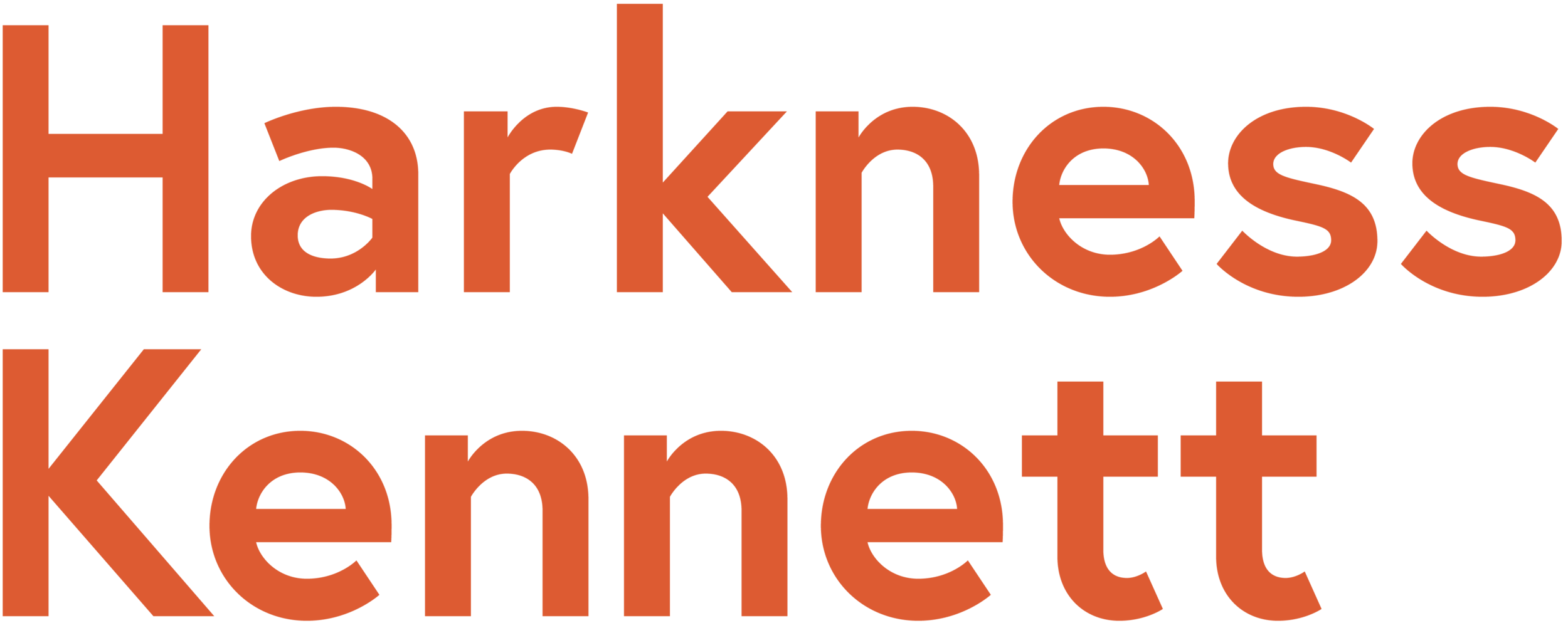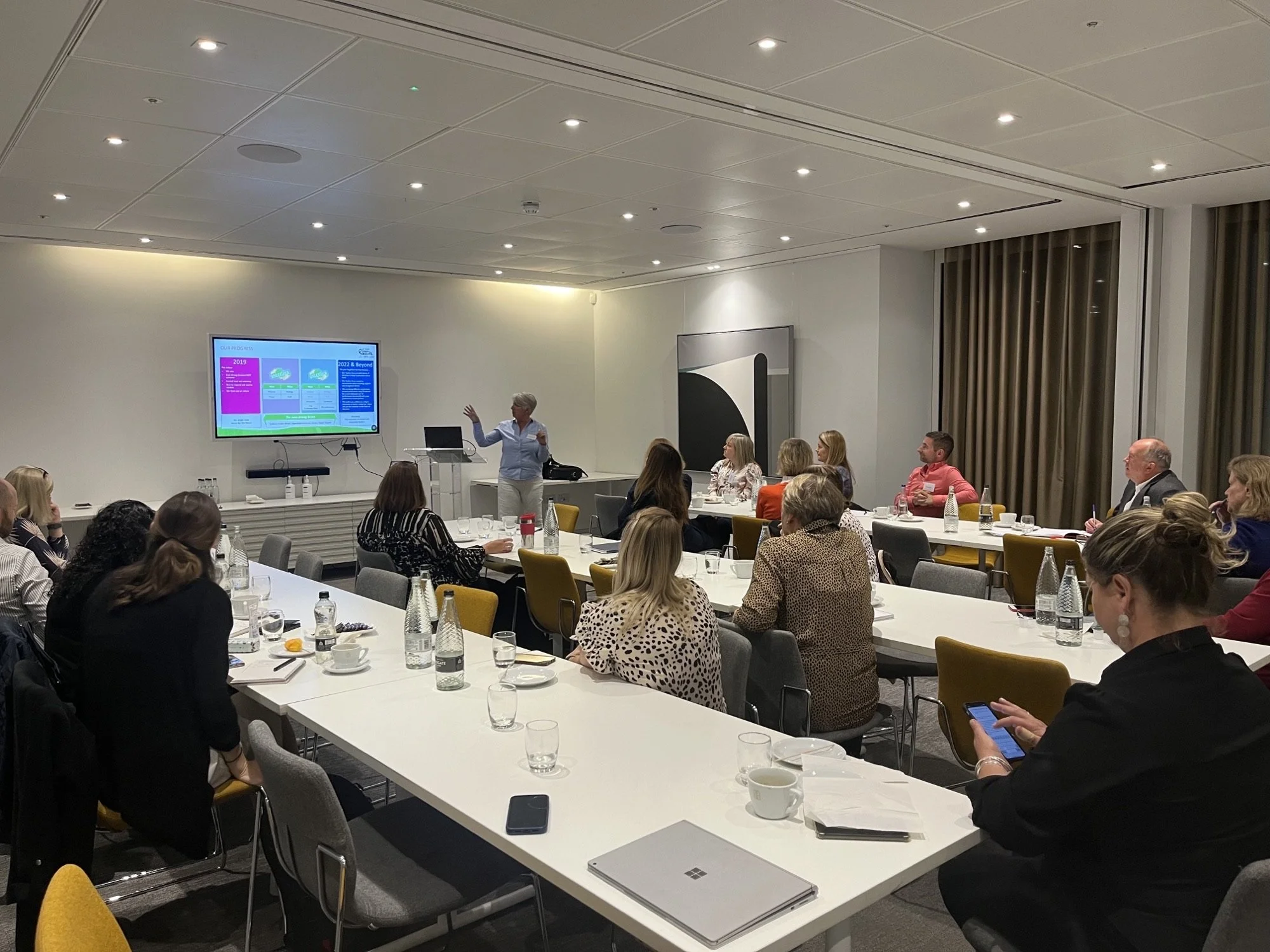Lights! Camera! Action!
How Zoom is changing communication behaviour and some tips on running online focus groups
That headline should probably read: Lights (not bright behind your head)! Camera (remember to point down not up)! Action (not too long, I’ve got back to back Teams meetings today)!
2020 has by turns made us Zoom or Teams enthusiasts, experts, and emerging from our second lockdown, burnout victims. There now seems to be a deluge of articles describing our exhaustion from the platforms that so successfully brought us together for our first lockdown.
What’s harder to find is how organisations are gaining from this seismic shift in the way teams communicate, and how those teams are working differently as a result.
Our comms audit and research work has also evolved with the times and is starting to reveal the impact of this shift. We already had a solid track record of directly listening to hard to reach audiences using videoconference, Skype, and phone. So, the rapid move to Teams and others to gather views from people working from home has been pretty smooth and we now run all our research activities online or by phone.
We’re hearing some real positives from our work and from conversations with comms professionals in different organisations, for example:
Many people managers are meeting their teams more regularly now that it’s easier to get people together online. This is viewed positively by colleagues and is helping to build trust at a time when so much can change so quickly
Meetings are often shorter as people learn that too much time spent online will create fatigue and reduce the time available to get meeting actions in train
Online meetings are helping to break down geographical barriers that traditionally impeded collaboration in dispersed teams. Unlike face to face meetings where co-located team members could dominate, online meetings are a more level playing field giving each member equal access, wherever they are based. As one communicator put it, “London is no longer top dog”
Being online also gives all attendees equal voice. Gone are the days of the two people who dialled in being barely able to get a word in or missing the visual cues in the meeting because they’re the only ones not in the room
People are becoming more selective about what to attend. As we all should, so that our own priorities aren’t overwhelmed by what others consider important.
For us as facilitators of research groups, there’s lots of things that we’ve done differently and learned this year. Some tips for running your own groups are:
Less is more. Online groups have to be shorter than face to face groups, people just can’t maintain the same level of attention. We usually say stick to 60 minutes maximum and allow for some overrun in case you have extra questions or comments in the chat at the end
But sometimes more is better. We’ve all had it drilled into us to avoid using too many slides in meetings. But online, more frequent refreshing of your visuals will hold people’s attention better. So, feel free to use more slides but keep the content light. And avoid complex slides that take a lot of explaining – you’ll just get a lot of cameras switching off while people escape for a cuppa!
The best things come in small packages. Smaller groups will give people the interaction and air-time they need to express themselves, so in turn you gain the insights you need. It’s tempting to tick the box quickly with larger groups, but running more, smaller groups will give you much more detail and your attendees a much better experience
Step up to lead. When you’re running your own groups – or indeed, any meeting - make it clear to everyone that you will facilitate. So, when two people start speaking at once, a bit like meeting on a pavement and both moving to the same side to pass, you can step in and direct the conversation. This will cut time wasting and help people to feel that they’ve all had the chance to have their say
Ask people to show up. We all worry about what we look like on camera, but it’s so much easier to connect with people we’ve not met before if we can see what they look like. Ask people directly to put their cameras on for at least a short period of time, with blurred background if needed, and make it clear that it’s ok to switch off if wi-fi is an issue later.
I’m sure that there are as many challenges with this abundance of online comms as there are advantages, but I’m interested to see how the positives develop and how organisations choose to conduct comms research as we go into 2021. If you’d like some advice or help with yours, do get in touch.
Published by Lisa






























